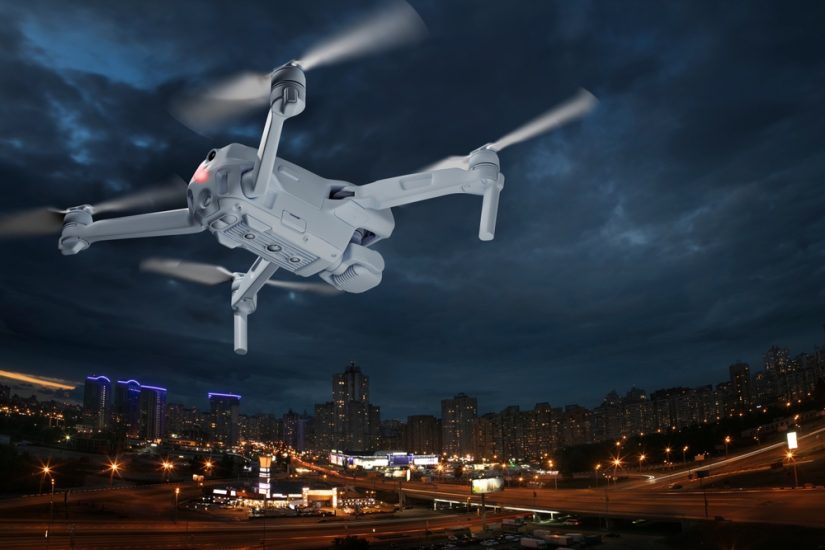The present concept of U-space does not satisfy essential information needs for the U-space traffic autonomous guidance and the identified gaps in information provision must be closed to allow U-space traffic autonomous guidance, according to a new paper A Critical Review of Information Provision for U-Space Traffic Autonomous Guidance by researchers Ivan Panov and Asim Ul Haq of Aarhus University.
“This paper presented an identification and classification of the existing constraints, and essential information needs to allow for U-space traffic autonomous guidance,” say the researchers in their conclusion. “The identification of the information needs does not mean that the U-space traffic autonomous guidance is doable for all types of missions in a safe and efficient way with the modern progress of technologies. It is essential to continue the research to find what technologies can address the identified information needs. Therefore, a large-scale experiment, including dozens/hundreds of UASs, is recommended for testing promising technologies and systems via simulations, mathematical models, and flight experiments. We expect a significant impact of AI implementation for a varied set of tasks—from data capture and classification, including interpretation, pathfinding techniques, multi-factor optimization, and decision-making in heterogeneous scenarios.
“To conclude, we acknowledge that autonomous guidance for uncrewed traffic at VLL is an immature concept that requires extensive research to measure and address the essential information provision gaps discussed in the paper”
For more information
https://www.mdpi.com/2226-4310/11/6/471
(Image: Shutterstock)




